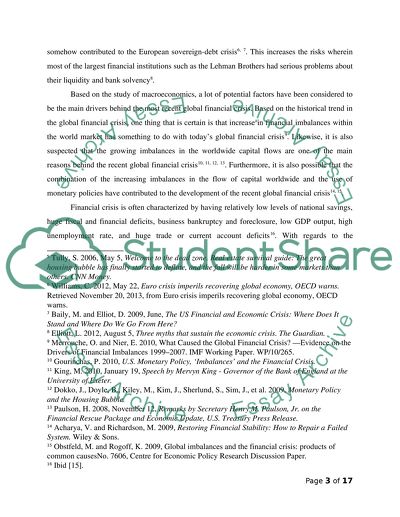Cite this document
(“BEHAVIOURAL FINANCE AND MARKET EFFICIENCY Essay”, n.d.)
Retrieved from https://studentshare.org/finance-accounting/1492373-behavioural-finance-and-market-efficiency
Retrieved from https://studentshare.org/finance-accounting/1492373-behavioural-finance-and-market-efficiency
(BEHAVIOURAL FINANCE AND MARKET EFFICIENCY Essay)
https://studentshare.org/finance-accounting/1492373-behavioural-finance-and-market-efficiency.
https://studentshare.org/finance-accounting/1492373-behavioural-finance-and-market-efficiency.
“BEHAVIOURAL FINANCE AND MARKET EFFICIENCY Essay”, n.d. https://studentshare.org/finance-accounting/1492373-behavioural-finance-and-market-efficiency.


